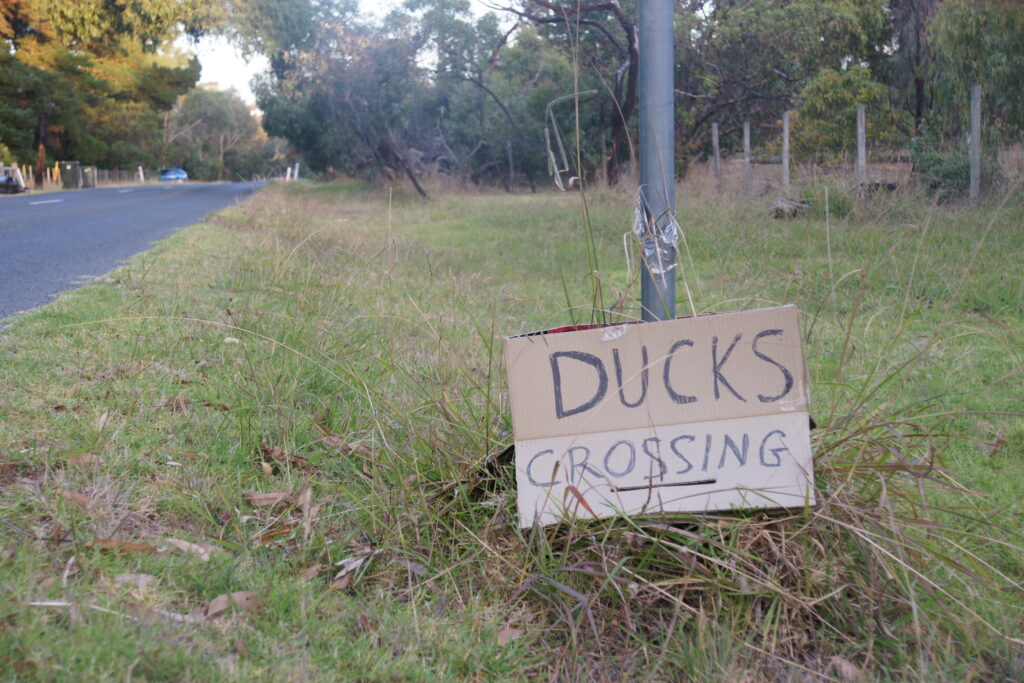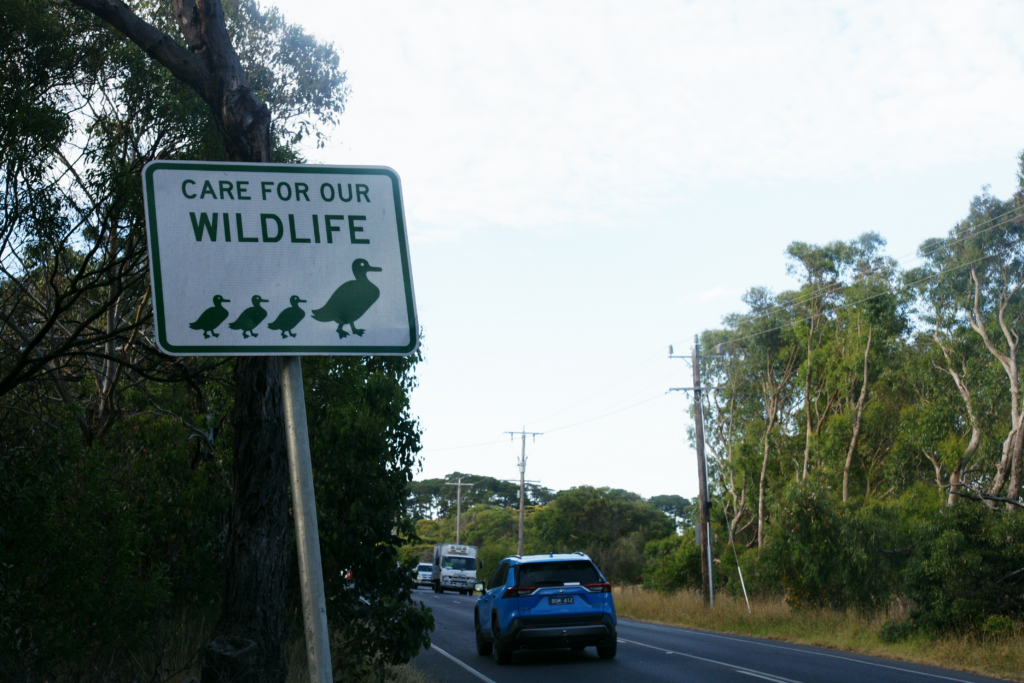Wallington resident demands action after animal deaths
A WALLINGTON resident is campaigning for wildlife warning signs to be installed on her street following a spate of animal deaths.
Clarisse Allwood has lived on Rhinds Road for eight years and said in that time countless animals and birds had been injured or killed after being hit by cars.
She is particularly concerned about the duck population that resides in the area and frequently travels between the dam’s common to the properties along Rhinds Road.
“The ducks come here because there’s nowhere else for them to go because everywhere has been built out,” she said.
“There’s just always something on the road or something getting killed.
“Something needs to be done.”

She said the recent loss of two ducks from a family she had bonded with had left her devastated.
“I went across the road hoping that I would find nothing, but there they were on the side of the road,” Ms Allwood said.
“The mum had the baby underneath her wing like she was huddling over him.
“It broke my heart. I just cried all night.”
She contacted the City of Greater Geelong with a petition, signed by 25 of her neighbours, but her request for wildlife warning signs was rejected.
Ms Allwood said she spoke with a representative from the city’s transport team and was told the signs were against council policy and Australian standards, too costly and ineffectual.

City of Greater Geelong executive director of city infrastructure James Stirton said the city understood the concerns of the residents on Rhinds Road.
“Australian Standards and VicRoads guidelines permit warning signs to be installed for any road hazards that may cause serious injury or death to a road user.
“Large, solid animals such as horses, kangaroos, emus, wombats and koalas are considered to present the most serious risk to road users in a collision, whereas smaller forms of wildlife such as ducks do not meet the criteria for such signage.”
“There are no standard traffic warning signs for other types of smaller domestic or wild animals. Changing water levels, migration patterns and habitation/nesting locations from season to season prohibit permanent signage.
“Our transport team in consultation with our environment team are investigating the possibility of implementing mobile VMS boards to support such instances moving forward.”
The city has instead created a ‘Watch out for wildlife when driving’ postcard it plans to distribute along Rhinds Road in the coming weeks, an option initially offered to Ms Allwood to coincide with breeding season in the spring.


















